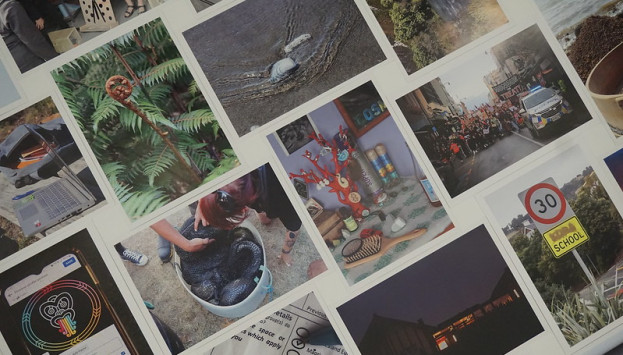A large cohort from Dunedin School of Art were among the 650+ Otago Polytechnic ākonga celebrating their graduations last Friday with family, friends, and kaimahi at the Dunedin Town Hall.
There was an innovative range of creative processes employed by the 123 graduates across the Visual Arts programmes, as they move towards careers in the industry or explore further study options. Learn more about three of our BVA graduates below...
Connagh Wesley
Connagh Wesley decided to return to tertiary study while raising a young family, and has now graduated with a Bachelor of Visual Arts (BVA), specialising in Photography. She initially started with Otago Polytechnic studying a Diploma in Digital Media and Design (Level 5), before transferring across to the 2nd and 3rd years of the BVA programme.
While already working as a commercial photographer, Connagh was keen to consider further study options. And rather than progressing on to an Honours degree, she chose to focus on the Diploma in Photography (Level 6) for 2025, in order to hone her techniques and gain the business skills to help solidify a career in the industry.

A major focus of Connagh's final major 2024 project as part of the Bachelor of Visual Arts was around her identity as Kāi Tahu. She photographed a range of scenes from everyday life, including instances of racism that she encountered, and positive interactions with the landscape together with archeological items on the peninsula where she lives.
Connagh also had the opportunity to collaborate closely with Ōtākou Marae last year, with one highlight being the only iwi Māori photographer on-site to cover the dissection of a rare spade-toothed whale which had died after beaching itself.
She worked with Photography lecturer Mark Bolland, Vicki Lenihan (Kaiāwhina Māori | Māori Academic Advisor at the Dunedin School of Art), and the wider Kāi Tahu community as she came to terms with her own culture and identify through art practice.
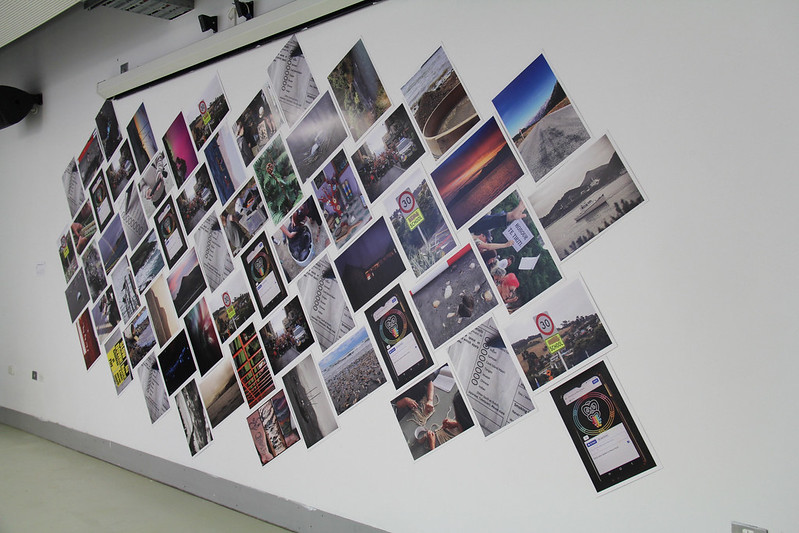
"It's an amazing achievement to undertake a sustained investigation of tūrangawaewae in a visual arts project over a prolonged period of time," said Mark Bolland.
For her final year installation, Connagh employed a simple raranga kete pattern called takitahi (one over, one under) to install her photographs, with kete being a metaphor for knowledge.
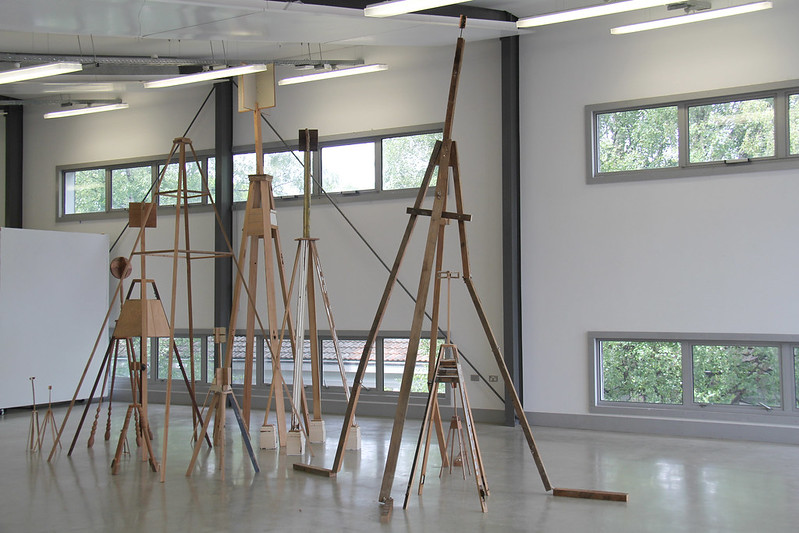
Jude Hanson Stevens
Jude Hanson Stevens received the top Honours award for 2025 in graduating with a Bachelor of Visual Arts (Honours) after 4 years of study. In 2023 he completed a BVA specialising in Photography, before swtiching to focus on Sculpture for his Honours year.
Jude's decision to change mediums evolved naturally over the period of study. In his last year of Photography Jude was already experimenting with sculpture elements, printing images directly onto ceremics in the darkroom. He would dig up the raw clay used for the ceramic pieces, and then print images of that field work onto the objects themselves.
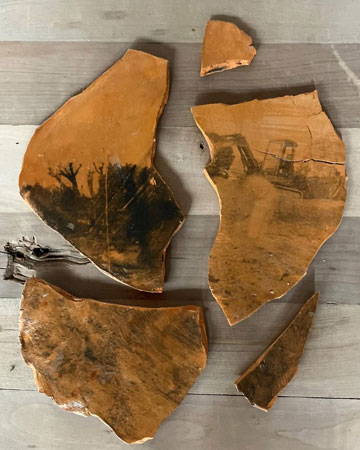
For his final year installation, Jude created a series of wooden tripod sculptures of different sizes using recycled rimu, kauri, and kahikatea).
Titled 'When a Trig station becomes a home', the 16 wooden sculptures represented the 16 trig stations witch stand on Muaūpoko, Otago Peninsula. His installation was accompanied by a book of photographs taken from the sites.
As trig points are important for surveying, Jude used his project to look into the topic of colonisation, exploring the complex relationships between pakeha and māori, but in a different way from fellow graduate Connagh Wesley.
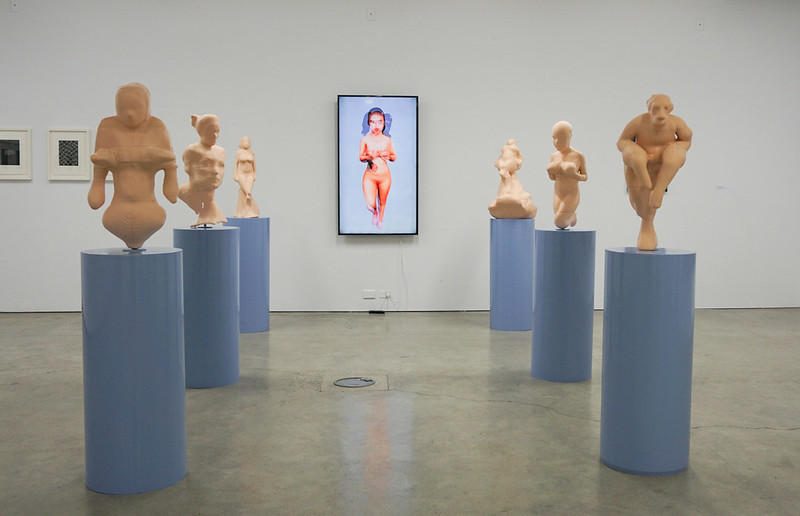
Amelia Eady
Amelia Eady won the Sculpture Studio BVA award this year, as she graduates with a Bachelor of Visual Arts specialising in Sculpture.
She was able to sell a number of works created during her studies to local art collectors late last year, through the Dunedin School of Art's annual graduate exhibition, SITE.
The daughter of renowned local artist and DSA Principal Lecturer Scott Eady, Amelia had a focus on working with artificial intelliguence (AI) and 3D printing for her final year project.
She uploaded images of herself to an AI image-to-image generator, giving the platform various creative prompts before analysing the distorted images produced by the technology. Amelia then turned six of those images into physical sculptures, using 3D printing.
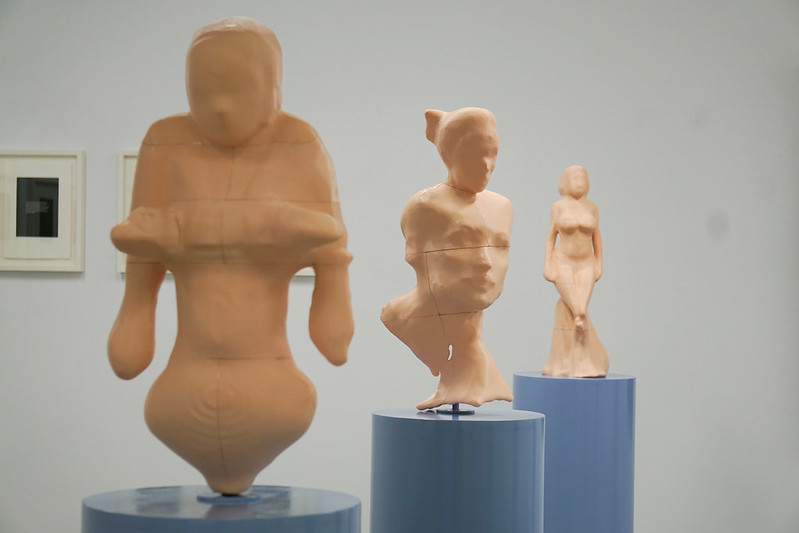
Mark Bolland from the Dunedin School of Art says Amelia's pieces were the biggest sculpture work to use 3D printing by their students, although others have used the technology to produce jewellery and ceramics.
"And when it comes to AI, artists see everything is a tool that's there to be cracked open and used in different ways. Artists are early adopters and like to experiment with how new techniques can be used in the creative process."
Published on 20 Mar 2025
Orderdate: 20 Mar 2025
Expiry: 20 Mar 2027
